By Amanda Marasco
May 21, 2018
Hi there! We have some Bee-autiful science for you in this newsletter, to celebrate World Bee Day (which was actually Sunday 20 May, so this is a little bee-lated, sorry.) So, why does the United Nations believe that we need ‘Bee Day’, and why are some bees wearing backpacks? What is a bee’s favourite shape and what is the easiest way to get honey from a hive? Read on for the answers and ‘bee’ enlighten
Why are beehives made of hexagons?
Ever wondered why beehives are made of hexagons and not, say, pentagons? Grab a set of pattern blocks and start investigating to see which shapescanbe laid next to each other in a pattern that competely fills a space and leaves no gaps. (If you don’t have a set of pattern blocks, here is a set of regularshapes you can copy and cut out.)You should find that regular triangles, squares and hexagons can all be used to do this. A repeating pattern that fills a spaceis called a ‘tessellation’. Tessellations can be found both in nature and man-made structures.The next question to be investigated is – why these particular shapes? Examining the values of their internal angles, and the sum of the angles around a point will help you arrive at an answer
No Bees = No Breakfast
Imagine that you sit down for a healthy breakfast – some muesli and fruit, topped with some yoghurt and a drizzle of honey (of course). A cup of coffee on the side, perhaps. Now, lets re-imagine that breakfast if there were no bees in the world: No honey (of course), but also, no fruit, no coffee (that’s right, no coffee) and probably nothing left of your muesli except a few oats.
Bees play a vital role in food production as ‘pollinators’. They carry pollen from one plant to another, which enables flowering plants to be fertilized and go on to produce fruit and, importantly, seeds. (Other insects such as butterflies, moths and beetles are also pollinators).
Unfortunately though, pollinators are under threat from human activity, with bee numbers in decline for the last fifty years. This poses a serious challenge to our ability to produce nutritious food, not to mention other essential plant products such as medicines and clothing fibres. Click on the tabs on this UN Website for more information and also for actions that people can take to encourage healthy populations of bees.
https://www.youtube.com/watch?v=B2G4zmW8Gsk
Meet Paulo de Souza, the Aussie scientist fitting bees with ‘backpacks’
CSIRO Scientist Paulo de Souza is leading a world-wide effort to study the movements of bees. To do this, Paulo and his colleagues fit a tiny microchip to the back of the bee. The chip works like the E-tag on a car, gathering data about where, when, and how far the bee travels. This data can be uploaded to the cloud and available for scientists all around the world to analyse and gain a better understanding of how to protect bees from threats to their survival.
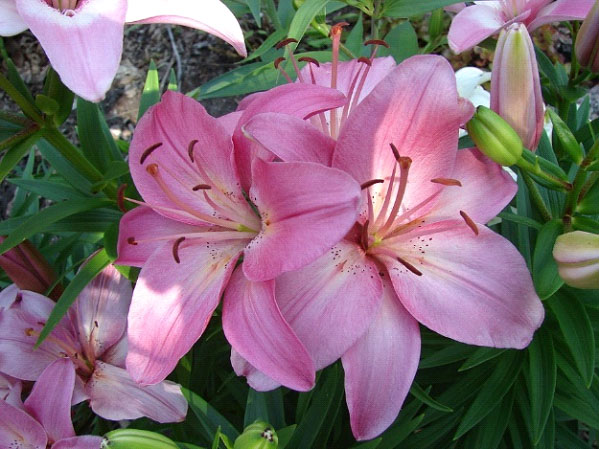
Flower Anatomy
Even though they come in an amazing variety of shapes, sizes and colours, there are several features that all flowers have in common. Flowers are the reproductive centres of the plant, and contain male and female reproductive organs. In this task, students will identify parts that all flowers have in common. They can collect samples to study themselves
‘I’m tired of that stupid phrase, “the birds and the bees”. It’s the bees and the flowers. Will you get that through your head?’ – Isaac Asimov
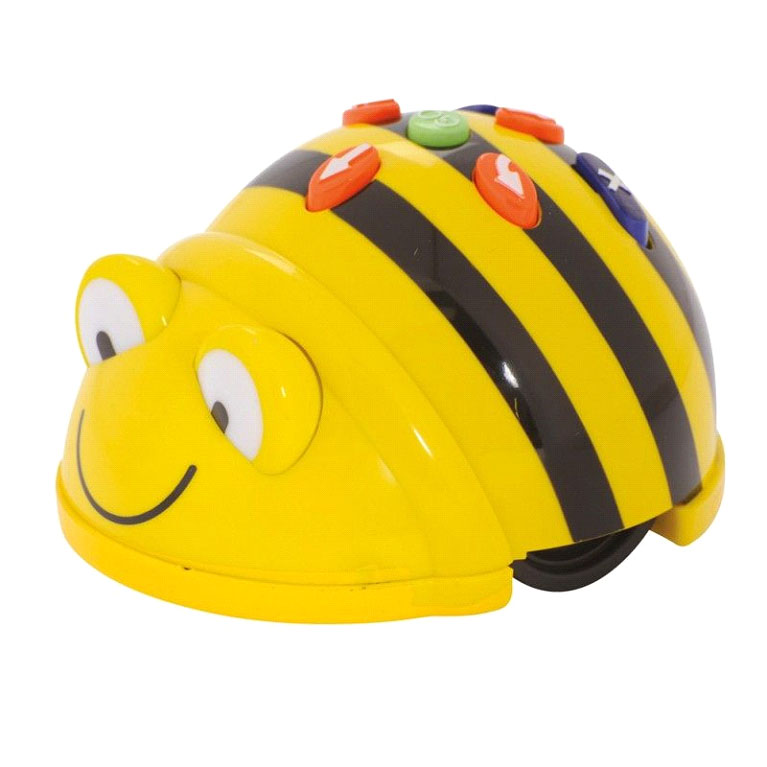
Featured Incursion – BeeBot Robotics
This popular incursion is an excellent introduction to robots and programming for younger students. With an intuitive interface, colourful BeeBot will have learners excited about simple sequencing and directional language. Students work in pairs or groups of 3. This incursion is available for Foundation to Level 2 students in a 60 or 90 minute format. We recommend a 90 inute format if budget and timetabling constraints allow. Each workshop can cater to a maximum of 30 children. However, smaller groups have better access to equipment and the facilitator.
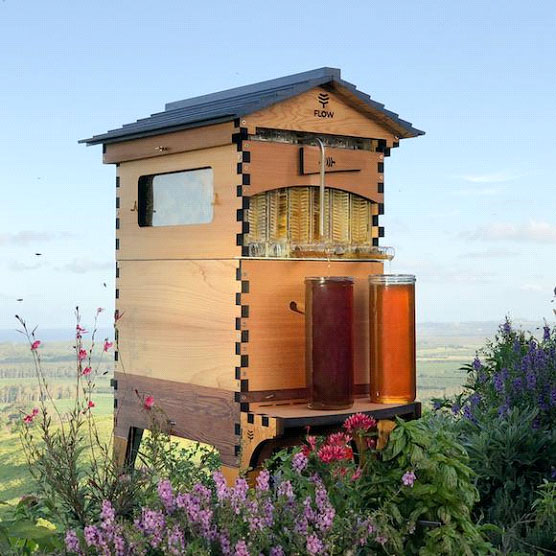
The Flow Hive
A father and son team from NSW have revolutionized the hot, sticky and dangerous task of beekeeping, with their invention of ‘The Flow Hive’. Collecting honey is now as simple as turning on a tap! After one of the fastest crowdfunding campaigns outside the US, they have now sold 51 000 Flow Hives in 130 countries.The Flow Hive

CSIRO Public Events
The Commonwealth Scientific and Industrial Research Organisation – better known as the CSIRO – has scientists in laboratories and out ‘in the field’ all across the country, working on everything from developing better mining methods to controlling introduced species, , or collaborating with partners such as NASA in space exploration. The CSIRO also holds many public events throughout the years, from public talks and forums to tours of facilities or , Visit the CSIRO Events website to find something

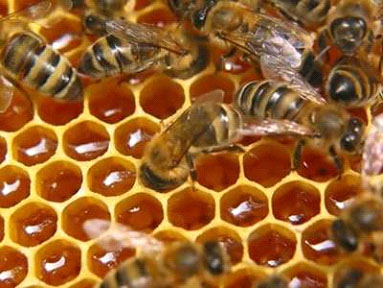
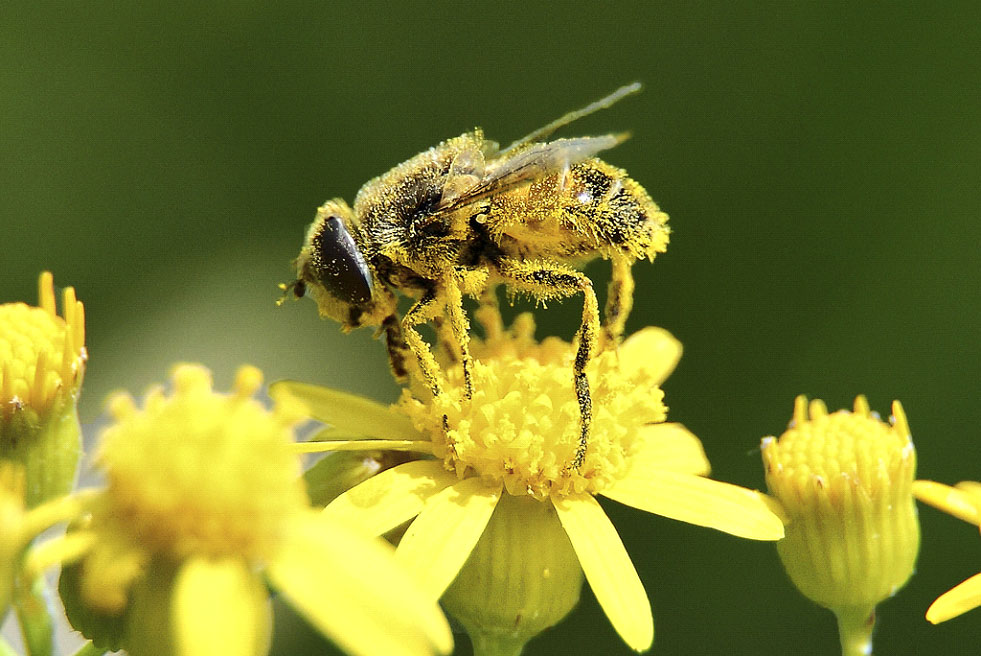



 magento3
magento3